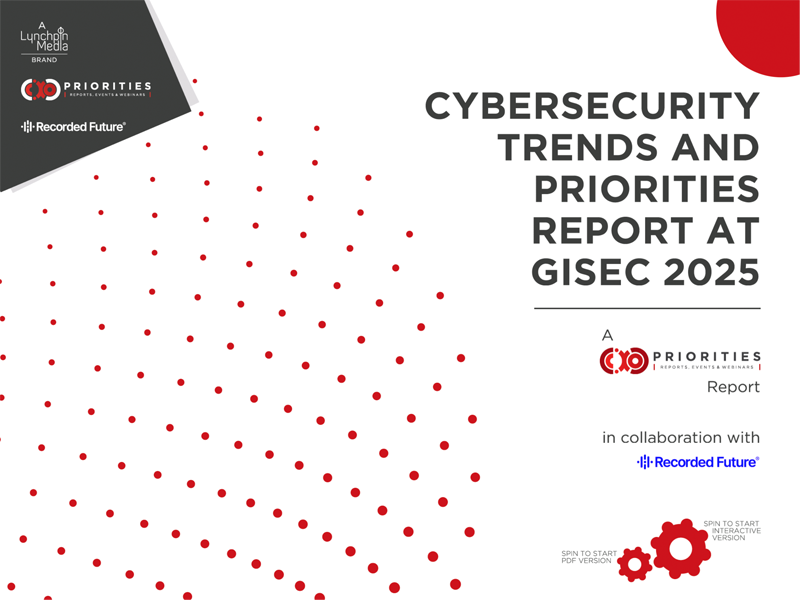Jeremy Campbell, CEO, Black Isle Group and creator of Nudge.ai on turning learning into lasting habits.
AI won’t take your employees’ jobs … but someone who knows how to use it will.
That’s the uncomfortable truth facing CIOs and business leaders today. The rise of GenAI is transforming roles, workflows, and business models across industries. But it’s not just the tech that matters – it’s whether your people know how to use it and keep learning as it evolves.
The companies that will thrive over the next five years won’t just invest in AI infrastructure. They’ll invest in building human adaptability. That means creating a culture of continuous learning where employees are not only allowed to evolve – but expected to.
Why Continuous Learning Is Now Business-Critical
According to the World Economic Forum, 44% of core job skills will shift by 2027. Roles aren’t disappearing overnight, but the way work gets done is changing fast.
And most organisations are unprepared. For example, McKinsey reports that only 42% of executives believe their workforce is ready for AI, indicating that the skills gap isn’t just a talent issue. It’s a performance risk.
Your tech stack might be future-ready. Are your people?
What a Real Learning Culture Looks Like
Forget the annual training workshop with free coffee and a slide deck. A true learning culture isn’t a checkbox event but rather an integral part of the operating system.
Here’s what it looks like:
- Learning is continuous. Employees learn in small, regular bursts – not just once a year.
- Leaders go first. Managers and executives visibly engage in upskilling and experimentation.
- Experimentation is safe. Trying and failing with new tools is encouraged.
- Learning is rewarded. Upskilling impacts recognition, promotions, and opportunities.
5 Ways to Build a Future-Ready Learning Culture
1. Tie Learning to Business Outcomes
People want to know why they’re learning something. Connect upskilling directly to strategy:
- “Learn this AI tool to reduce proposal drafting time by 40%.”
- “Prompt engineering skills will improve customer service response quality.”
Make learning purposeful, not abstract.
2. Empower Managers to Lead the Charge
Your middle managers are the bridge between strategy and execution. Equip them to:
- Identify team skill gaps
- Recommend focused resources
- Give feedback
- Lead by example
If your managers don’t value learning, no one else will.
3. Make Learning Easy and Useful Right Away
Time is short. Training must be accessible, practical and immediately applicable.
- Use short, mobile-friendly content
- Offer embedded learning in tools people already use
- Build learning nudges into everyday workflows
- Focus on what can be applied today, not theoretical concepts
Workshops shouldn’t be just a “fun day out.” The Ebbinghaus forgetting curve shows 75% of learning is lost within 7 days without reinforcement. And according to the Harvard Business Review, only 12% of employees apply the skills they learn in training.
Fix that gap:
- Build follow-ups into the calendar: 1 week, 1 month, 3 months
- Assign actions tied to what was taught
- Get managers to track application, not just attendance
If there’s no change in behaviour, there’s no ROI.
4. Reward Learning with Visibility and Growth
People will lean in when they see learning has impact.
- Issue internal certifications
- Celebrate learners in team meetings
- Make upskilling part of promotion decisions
- Offer stretch projects tied to new skills
You’re not just rewarding knowledge. You’re rewarding initiative.
5. Create Safe Zones for AI Experimentation
AI can be intimidating. Give teams the space to test tools and ideas without fear of failure.
- Set up sandbox environments
- Host quarterly “AI Experiment Days”
- Invite teams to propose automation pilots
- Share learnings—especially the ones that didn’t work
Normalise experimentation. Celebrate insights, not just wins.
Real-World Wins: What’s Working
Some companies are already doing this well:
- PwC is investing $1 billion to upskill its workforce in AI, data and automation, creating personalised learning pathways and certifying employees with digital badges.
- Amazon launched its ‘Machine Learning University’ to train non-technical employees in practical AI applications. It’s free and over 100,000 workers have participated.
- Unilever encourages employees to pitch and lead AI-driven projects, tying learning directly to innovation outcomes.
These aren’t side projects. They’re core to how these companies operate.
Avoid the Common Traps
- Don’t wait for clarity. You won’t know every future skill needed. Teach adaptability now.
- Don’t assume younger workers are already AI-literate. Curiosity does not equal competency.
- Don’t overload teams. Make learning feel like part of work, not a burden on top of it.
Top 5 AI Skills to Train for in 2025
- Prompt Engineering – Writing effective prompts for AI tools to generate quality output
- AI Tool Proficiency – Hands-on use of tools like Microsoft Copilot, Notion AI, ChatGPT and Midjourney
- Data Literacy – Understanding, interpreting and using AI-generated insights
- Workflow Automation – Using AI to streamline repetitive tasks with tools like Zapier or Power Automate
- Ethical AI Use – Knowing when not to use AI, and how to navigate bias, transparency, and compliance
Adaptability Is Your Competitive Advantage
The smartest companies aren’t waiting to see what AI does to their industry. They’re building teams that can evolve as fast as the technology does.
You don’t need to predict every twist in the AI landscape. You just need to make learning the most valuable, visible skill in your business.
Because the future-proof workplace isn’t powered by AI. It’s powered by people who know how to use it, and keep learning, every day.

